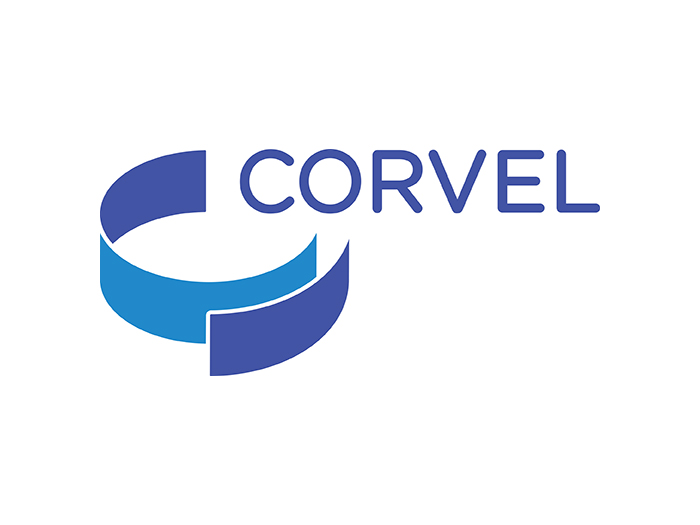Here Are the Pros and Cons of Requesting Multiple Insurance Quotes

As a consumer, you likely wouldn’t make a large purchase without shopping around a bit, comparing the different products available to determine which best fits your needs and budget.
Risk managers may view insurance policies the same way. Why not see which carrier is willing to offer the coverage you want at the lowest price?
That strategy can work well for some straightforward lines, like property, where risks are more easily measured and priced. But risks — and risk mitigation strategies — evolve so rapidly that making a decision based on the price tag alone may undervalue the added services that carriers increasingly roll into their policies.
Before the next renewal season, consider these advantages and downsides to the strategy of requesting multiple quotes for any line of coverage:
The Pros:
1) A Reliable Way to Get a Good Price
If the cost of coverage is the most important factor in a risk manager’s decision, requesting multiple quotes is still an effective way to get the lowest price.

Adam Wolff, regional vice president, employee benefits division, Gallagher
“When groups are in a competitive marketing environment, insurance carriers are putting forth their most competitive offers, especially if the group has good risk characteristics or the business is critical to the carrier’s/vendor’s business strategy,” said Adam Wolff, a regional vice president with Gallagher’s employee benefits division.
For some organizations, such as public entities or nonprofit institutions, requests for proposals are required to ensure transparency and fairness in the selection of coverage, and because these entities are obligated to taxpayers and donors to keep costs low. For some small- and medium-sized enterprises, the budget for insurance may not have much wiggle room.
Consider that the practice of getting multiple quotes may be more useful to buyers in a hard market. When carriers are raising rates due to diminished capacity and/or upward loss trends, some may push higher than others. Requesting multiple quotes acts as a check on sudden rate hikes.
2) Competition Drives Innovation
Carriers can only go so low on price, which means winning a prospective client’s business could come down to differentiators in their coverage.
Carriers and brokers that are willing to think creatively, craft custom solutions and tailor policies and pricing structures to a client’s unique needs add value to their proposal. Without competition, there’s no stimulus to go above and beyond.
A 2018 study of the link between competition and innovation found that increased competition tends to spur companies to invest more in the research and development of new products or solutions. Innovation allows companies to break free of their competition by introducing an advantage that no one else has — at least temporarily.
Requesting multiple quotes can drive a net positive result by spurring investments in innovation over the long term.
3) Going to Market Provides Insight on Coverage Trends
Canvassing multiple carriers can help a risk manager or broker get the pulse of the market.
As risks emerge and evolve, loss trends take shape and broader economic forces impact the market, underwriters have to adjust. Getting multiple quotes provides a snapshot of the ways in which different insurers are responding to the same circumstances.
This can provide indirect clues about the insurer’s underwriting discipline and financial stability.
If one carrier is dramatically tightening its terms and conditions or demanding more rate than its competitors in a hard market — or on the flip side, going extremely low on price during a soft market — it should cause a broker or risk manager to give pause and think about why.
Overreactions to market fluctuations compared to the average may indicate financial trouble or, at the very least, lack of disciplined leadership.
The Cons:
1) Price Doesn’t Always Indicate Value
Requesting multiple quotes forces carriers to compete on price, which can draw focus away from the value of a policy beyond indemnification. Insurers increasingly compete based on the quality of their service.
A quote doesn’t capture the ease or efficiency (or lack thereof) of an insurer’s claims process. It doesn’t quantify the value of access to loss prevention resources. It doesn’t reflect the quality of an insurer’s network with experts and consultants who can expedite recovery after a loss.
The purpose of insurance is to help policyholders recover after a loss, an already stressful time. Failing to account for the benefit of these value-added services could make that difficult time even more difficult.
Thinking of insurance as an investment rather than a commodity could pay off in the form of increased resiliency and long-term stability.
2) Shopping Around May Endanger Relationships
Any insurance or risk management professional will attest to the industry’s nature as a “people business.”
Relationships matter. Especially for companies with complex risk profiles or unique exposures, building an insurance program requires expertise and one-on-one consultation.
Underwriters who really know your business can create coverage best suited to your needs and will work with you on pricing structures that fit your budget — especially if they already have a longstanding relationship with you.
Those relationships can also pay off in times of turbulence. After a major loss, for example, companies may be able to minimize or avoid premium increases if their carrier understands and trusts in their risk mitigation practices.
Going out to market can hinder attempts to build solid, trusting relationships.
“Quoting a line of coverage year after year can wear out some of the carrier/vendor partners available to a broker, as they see no long-term potential for a client partnership. This can vary by line of coverage,” Wolff said.
3) Focusing on Quotes Undermines Brokers’ Expertise
The process of requesting multiple quotes also imposes parameters on brokers that can keep them from thinking outside the box. They end up looking for products that check a series of boxes and spend less time exploring alternative structures that may be even better than what their client is looking for.
Our annual Power Broker profiles are full of examples of how brokers service clients best when they exercise creativity. Risk managers often depend on brokers to act as extensions of their department and rely on their unique expertise and intimate familiarity with the market to solve problems.
Focusing on dollars and cents, as requesting multiple quotes can do, constrains brokers’ ability to hunt for non-traditional risk transfer solutions.
Wolff also pointed out, however, that brokers’ expertise is still critical in deciphering the value of various quotes when it comes to bundled coverage.
“Clients need an expert advisor to manage through the complexities of multiple lines of coverage, not only one single line. Additionally, risk to the client may not be evident just within the rate. Being able to properly advise and get clients to understand overall risk is a critical function of the advisor,” he said. &










